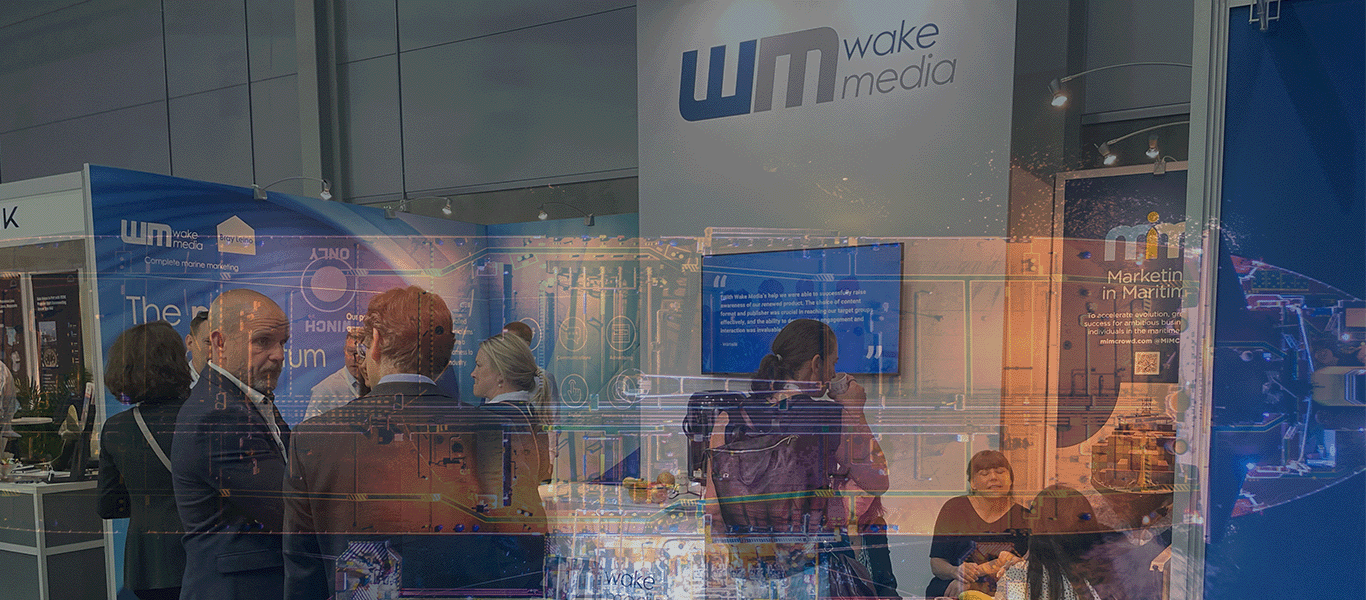
Since its inception on January 1, 1984, BRL Shipping Consultants has been providing valuable data to the maritime industry.
With over 40 years of experience, they have consistently delivered timely news to stakeholders worldwide. From equipment suppliers to shipowners, banks to shipbuilders, their platform has become synonymous with staying ahead in the ever-evolving landscape of the maritime sector.
At the heart of their success lies their flagship offering: the Ship Newbuild Calendar. Spearheaded by visionary founder and CEO, Barry Luthwaite and fuelled by a relentless pursuit of innovation, Barry identified a crucial gap in the market and filled it with comprehensive insights into ongoing negotiations and pending contracts, setting a new standard in industry intelligence.
Here we give an overview of the newbuilding orderbook as it stands at end of March 2024 and some reasons behind the boom in business from different perspectives.
In 2023 a record amount of 1,911 vessels were contracted which was the highest total since 2015. We do not know if this will happen again in 2024, but the surge in orders is driven by a variety of necessities, not least the journey to decarbonisation.
Newbuilding contracts in Q1 of 2024 already total 539 vessels which, if maintained, would give an end of year total of 2,156 orders. Owners are clearly investing heavily in replenishing their fleets against a far from certain outcome in trading growth among the world economies. What are some of the driving forces behind the ordering resurgence?
Within the newbuilding scene small, medium and large shipyards all treasure an unexpected full flow of business for some years ahead ranging from 2025 to 2031. Behind this propelling factor is decarbonisation, with dual fuel propulsion now the norm for more and more ships. Some owners are still selecting conventional fuel, but with the proviso that the engine supplier can provide a dual fuel upgrade if required. The march for a selection of dual fuels in propulsion now offers five choices: LNG, LPG, ammonia, hydrogen and methanol for future operation.
Additional factors contributing to the industry boom include the drive to introduce newer fleet vessels that can maintain competitiveness over the long term. Aging non-dual-fuel vessels will encounter challenges in trading competitively once initial investments have depreciated against newly introduced tonnage. Furthermore, charterers will increasingly opt for newer vessels to ensure full compliance with evolving clean air regulations.
Shipowners have simply paid out big money on ships as levels of pricing have reached new highs and continue to rise every month. This has proved as no barrier towards new investment. Indeed, many shipyards are welcoming so many orders at rising prices with open arms and inflation on equipment supply has been no deterrent. Often this is factored into the shipbuilder price. Standard designs have made a big return for owner choice. Another factor driving the market is the fact that the days of a one-ship order are gone. Today owners order multiple units from two to ten vessels depending on type. Containerships, tankers and bulk carriers all qualify in these categories. The result is a win-win situation bringing contracting prices down a little due to economy of scale, but still giving builders handsome dividends in the long run. Some owners placing multiple type contracts invest billions of dollars on ships at an unprecedented level.

Newbuild Orders By Vessel Type Contracted 2024
It is interesting to note that Greece is now the leading contractor of vessels with 579 vessels on order of which 91 were contracted in Q1 2024 keeping up the momentum. Another boost to the market was the decision by QatarEnergy to place orders for 151 LNG carriers. This is now nearing its end in three phases of which one and two have now been completed. All the vessels will be chartered out to overseas owners over 10-15 year periods with a purchase option.
This is all good news, but problems are now beginning to surface. The prime problem currently is congestion. No longer can you contract a vessel and expect delivery within two years as used to be the case. Already deliveries are stretching into the start of the next decade, but mainly for gas carriers at this stage. The market is closely running out of shipyards with few under construction globally. Another growing problem is lack of labour to handle the increased activity. Already South Korea is recruiting 3,000 skilled workers from Thailand, Japan maintains a steady presence and is gaining more orders by offering earlier delivery times but forced on it by congestion from China and South Korea. China remains far and away the leading global shipbuilder and will not change in the future.
While our focus extends beyond newbuilding contracts, there’s no denying the value the Ship Newbuild Calendar brings to the table. As we invite you to join our community of subscribers, we urge you to consider the invaluable advantage it could offer your business. With each issue, you’ll gain unique insights into industry developments, empowering you to make informed decisions and stay one step ahead of the competition.
For more information on the Ship Newbuild Calendar and the subscription options available please visit https://www.maritime-calendar.com/
👉 To be alerted to future articles such as this please subscribe here.
